5 Ways Automakers May Be Collecting Your Data
As cars get smarter, their memories grow more complex.
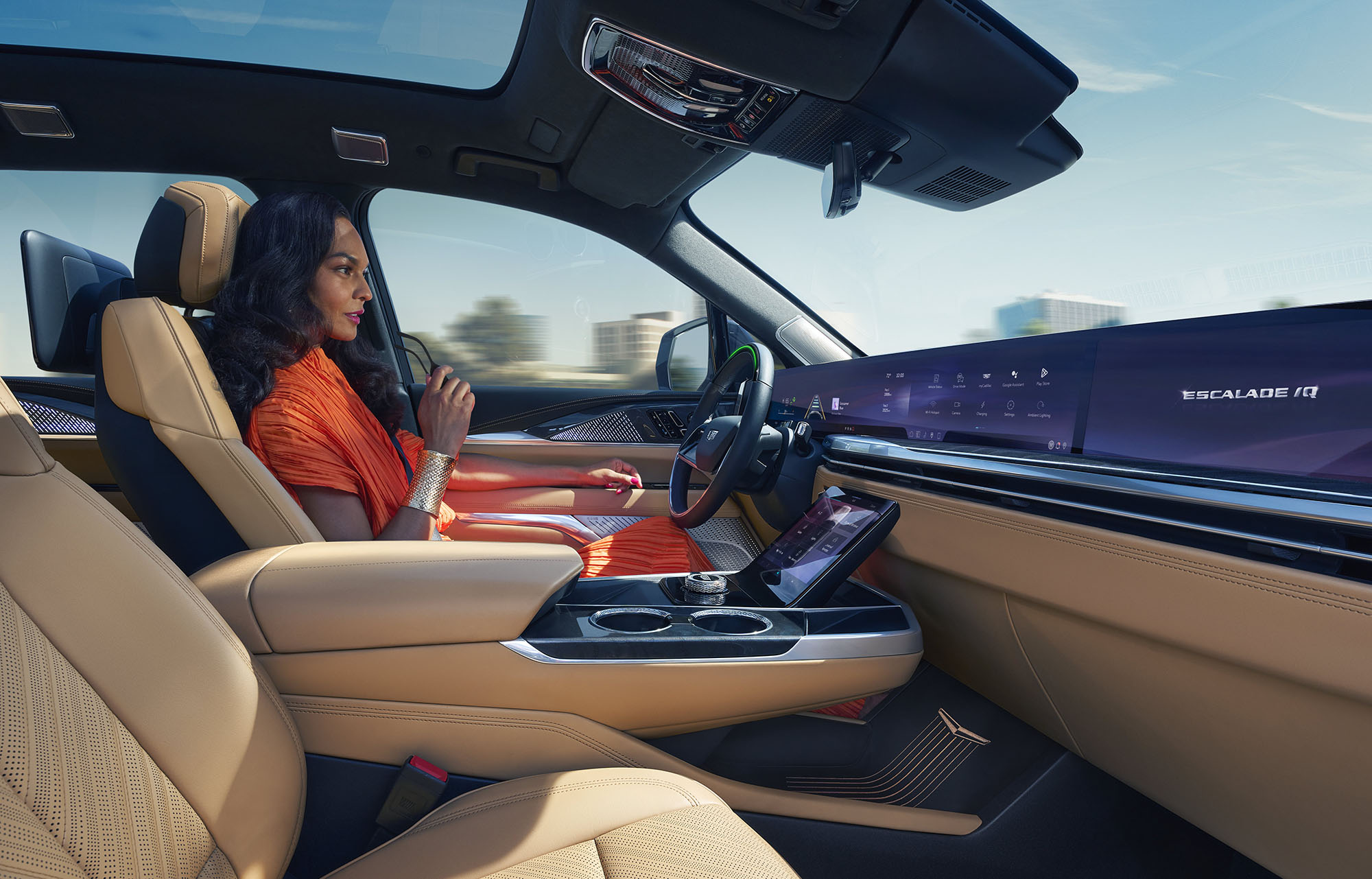 Cadillac
Cadillac
QuickTakes:
- Telematics systems like Onstar can collect personal and mechanical data
- Infotainment systems like UConnect can access vehicle-use info
- Connected apps can see vehicle-service history and biometric data
- ADAS can use driver-tracking cameras and store billing info
- Surveys, feedback, and VIN registration can give dealers personal info
Sometimes it feels as though cars have become smartphones on wheels. Software is expected to account for half the cost of building a vehicle by 2030, according to consulting firm Deloitte. Just as that tiny computer in your pocket and all of its apps generate mountains of data, so too does your car.
Drivers may be unaware of how much and what type of information is being collected. Smartphone users, after all, often have little idea of what their devices collect and share, according to findings from a study by the University of Bath's School of Management.
By the time 2030 rolls around — and Deloitte finds out whether its prediction for software expenditures is correct — data gathered from our cars could account for a $750 billion global revenue opportunity, according to global consulting giant McKinsey & Company.
Even today, there are already multiple ways your vehicle can collect and share data about your habits, preferences, and personal information.
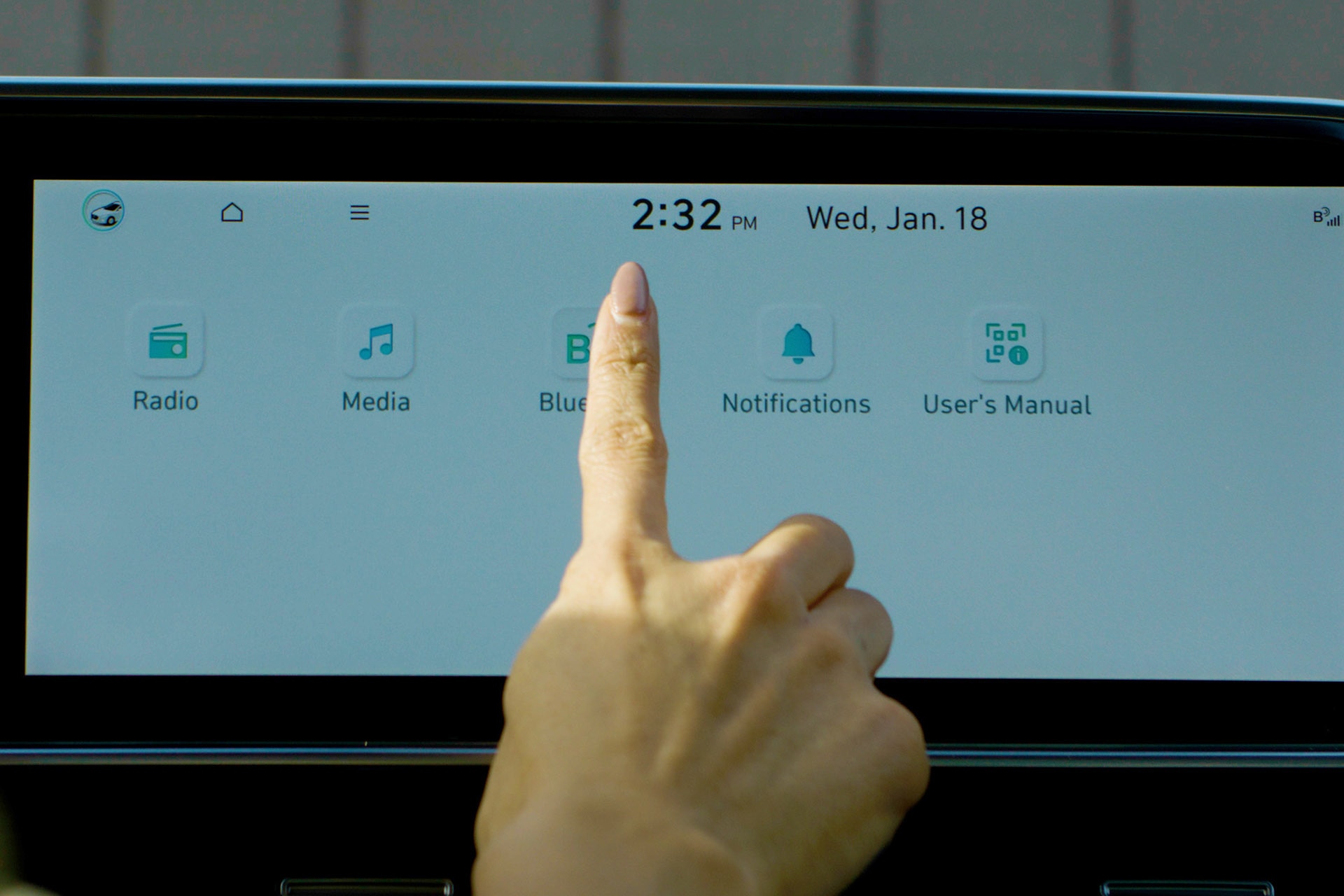 Hyundai
Hyundai
1. Telematics Systems Like Onstar Can Collect Data Ranging From Addresses to Tire Pressures
Examples of telematics systems include General Motors' OnStar, Hyundai's Bluelink, and Volkswagen's Car-Net.
At their most basic, these systems provide access to roadside assistance and functions such as automatically notifying emergency services in case of a crash or sharing the vehicle location in case of theft.
Data that might be collected through telematics includes: personal information such as a mailing address, email address, and driver's license number; financial information such as account and billing details and data used for payment purposes; vehicle information such as warning lights, tire pressures, and fault codes; weather information such as your current location's outside temperature and brightness; and vehicle-use information such as your seatbelt use and braking habits.
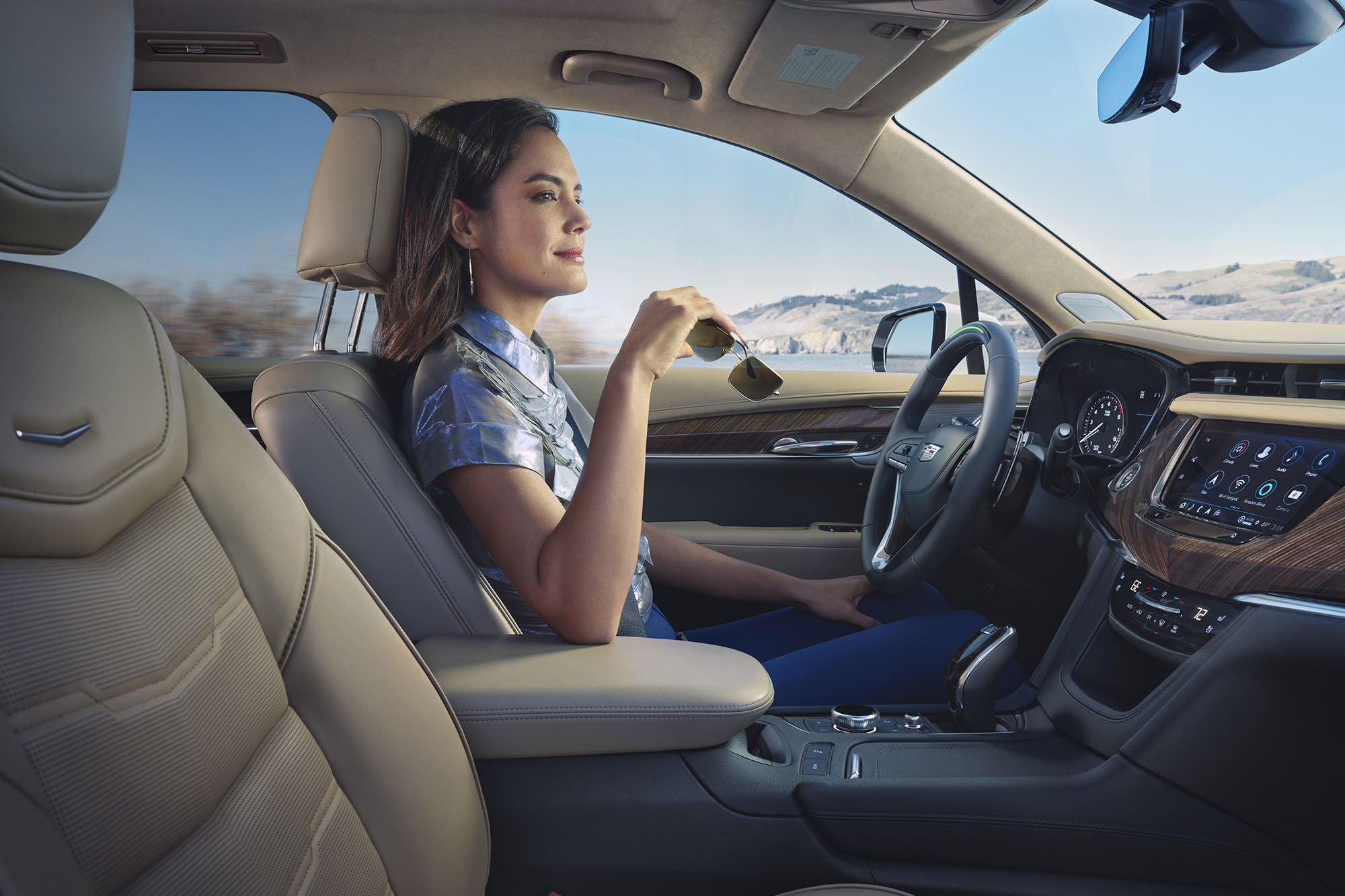 Cadillac
Cadillac
2. Infotainment Systems Like UConnect Can Collect Vehicle-Use Info
Examples of infotainment systems include BMW's iDrive, Ford's Sync, and Stellantis' (including Jeep, Ram, Fiat, Alfa Romeo, Chrysler, and Maserati) UConnect.
Although some carmakers retain physical buttons and knobs for certain climate controls and audio systems, other companies integrate these types of controls into their infotainment systems, along with functions such as navigation, use of a connected phone, and vehicle system settings.
Data that might be collected from such systems includes vehicle information such as the fuel level, tire pressures, and battery charge level; vehicle-use information such as speed, acceleration, deceleration, and lateral acceleration; essential-system information such as brake or headlight errors; vehicle-system information such as stability- or traction-control activation and airbag deployment; and environmental information such as the outside temperature.
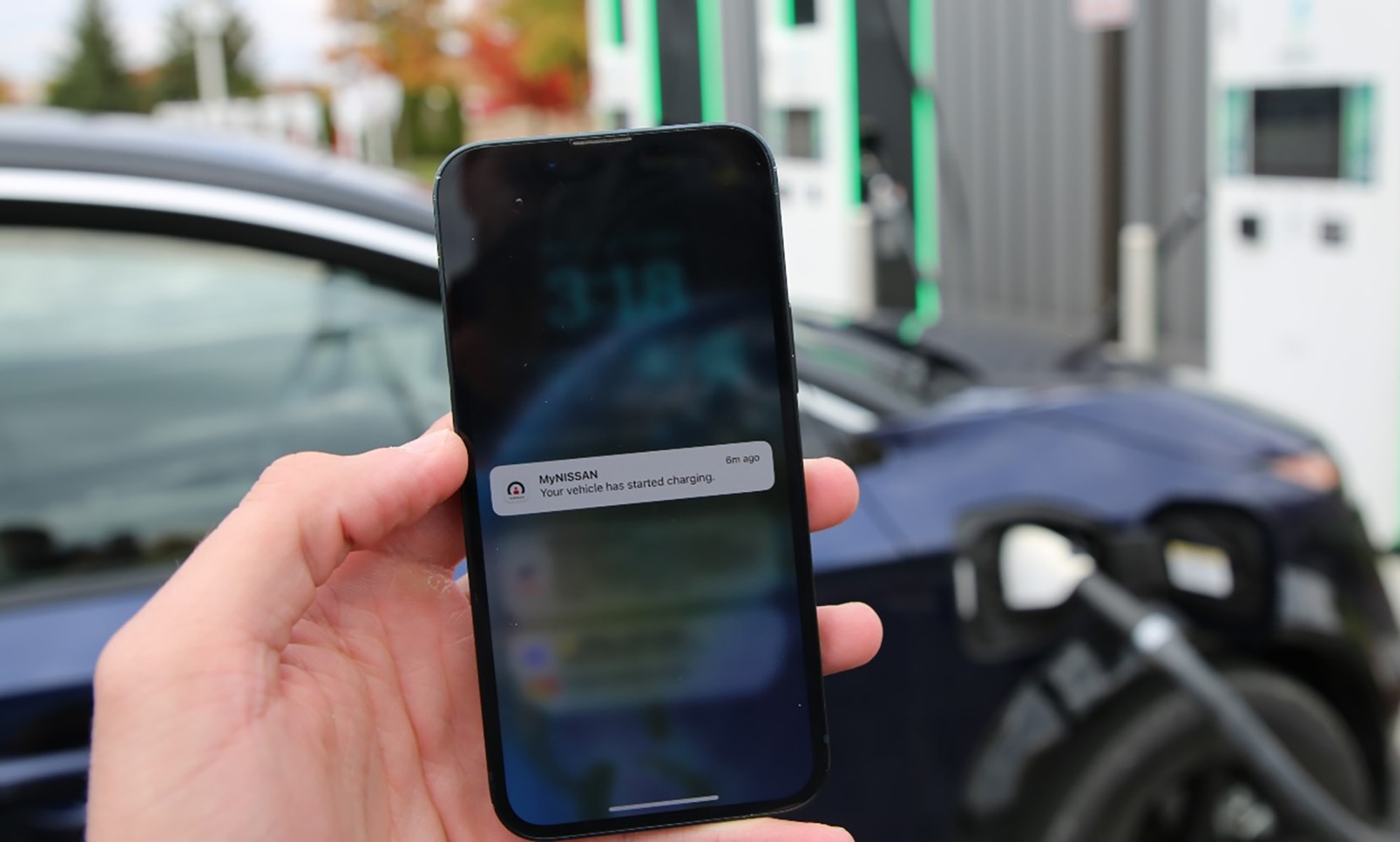 Nissan
Nissan
3. Connected Apps Have Access to Info Like Engine Speed and Biometric Data
Examples of automakers' connected apps include Audi's myAudi, Honda's HondaLink, and Nissan's MyNissan.
Connected apps grant owners a remote window into their vehicle through a smartphone. Some enable remote locking and unlocking and allow owners to remotely start their vehicle and adjust the climate controls. They can also be used to track a vehicle's service history, view upcoming maintenance requirements, and schedule a dealer visit. For families with teen drivers, such systems can send parents alerts if their vehicle leaves a geofenced area, exceeds the speed limit, or is operating after curfew.
Data that might be collected from these apps includes vehicle information such as oil life, fuel level, and dashboard warning lights; system information such as search content, call history, and audio-system settings and usage; vehicle-use information such as engine speed and acceleration; location information such as the exact place the vehicle is at a specific time or over a period of time; and biometric data such as fingerprints and facial templates.
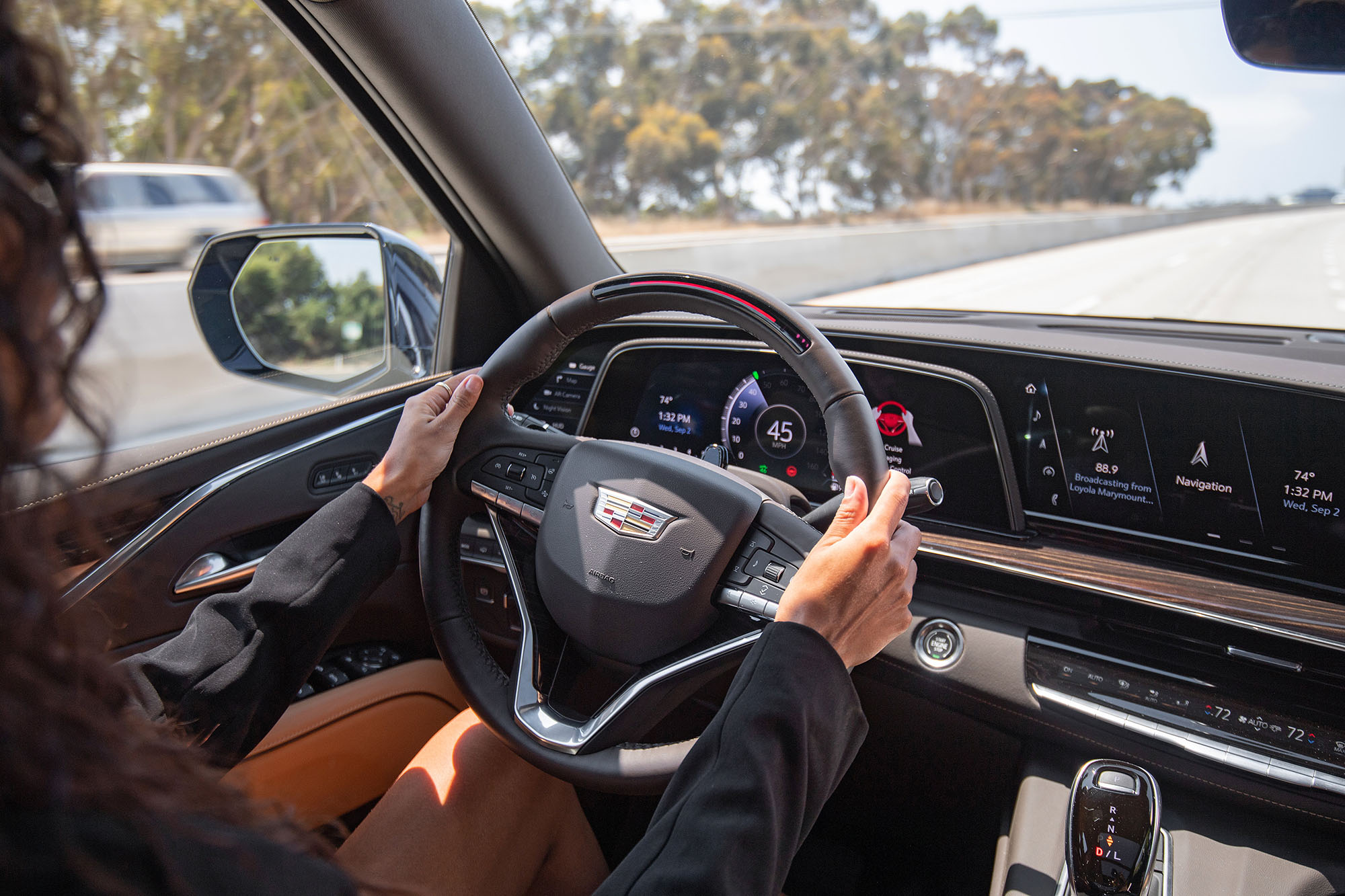 Cadillac
Cadillac
4. Advanced Driver-Assistance Systems Can Use Driver-Tracking Cameras and Store Billing Info
Examples of advanced driver-assistance systems (ADAS) include General Motors' Super Cruise, Ford's BlueCruise, and Tesla's Autopilot.
Level 2 autonomous systems are capable of handling the car's primary controls — accelerator, brake pedal, and steering — but still require the driver to pay attention to the road. Using cameras and radar sensors, these advanced driver-assistance systems work to maintain a safe distance from vehicles ahead and keep the car centered in its lane. An increasing number will perform automated lane changes.
To verify that the driver is paying attention, automakers including GM and Ford use cameras to track the driver's gaze, while other manufacturers use sensors that can detect when the driver's hands are on the steering wheel. Ford's BlueCruise and GM's Super Cruise are designed to work on stretches of road that their respective automakers have mapped in great detail.
Ford says BlueCruise can be engaged on 97% of controlled-access highways across the U.S. and Canada, while GM lays claim to more than 400,000 miles of road (including non-divided highways) in those countries. Automakers such as Ford draw data from vehicles using these systems to refine their operation, deploying improvements to existing customers via over-the-air updates.
Data that might be collected from ADAS includes environmental information such as onboard camera video clips, radar sensor records, and traffic information; personal information such as your name, mailing address, and phone number; billing information such as your credit card number, CVV code, and expiration date; vehicle information such as your car's VIN, mileage, oil and battery status, and fueling history; vehicle-use information such as your vehicle's location, speed, and heading; device data such as an IP address, cookie data, and other identifying information from connected devices.
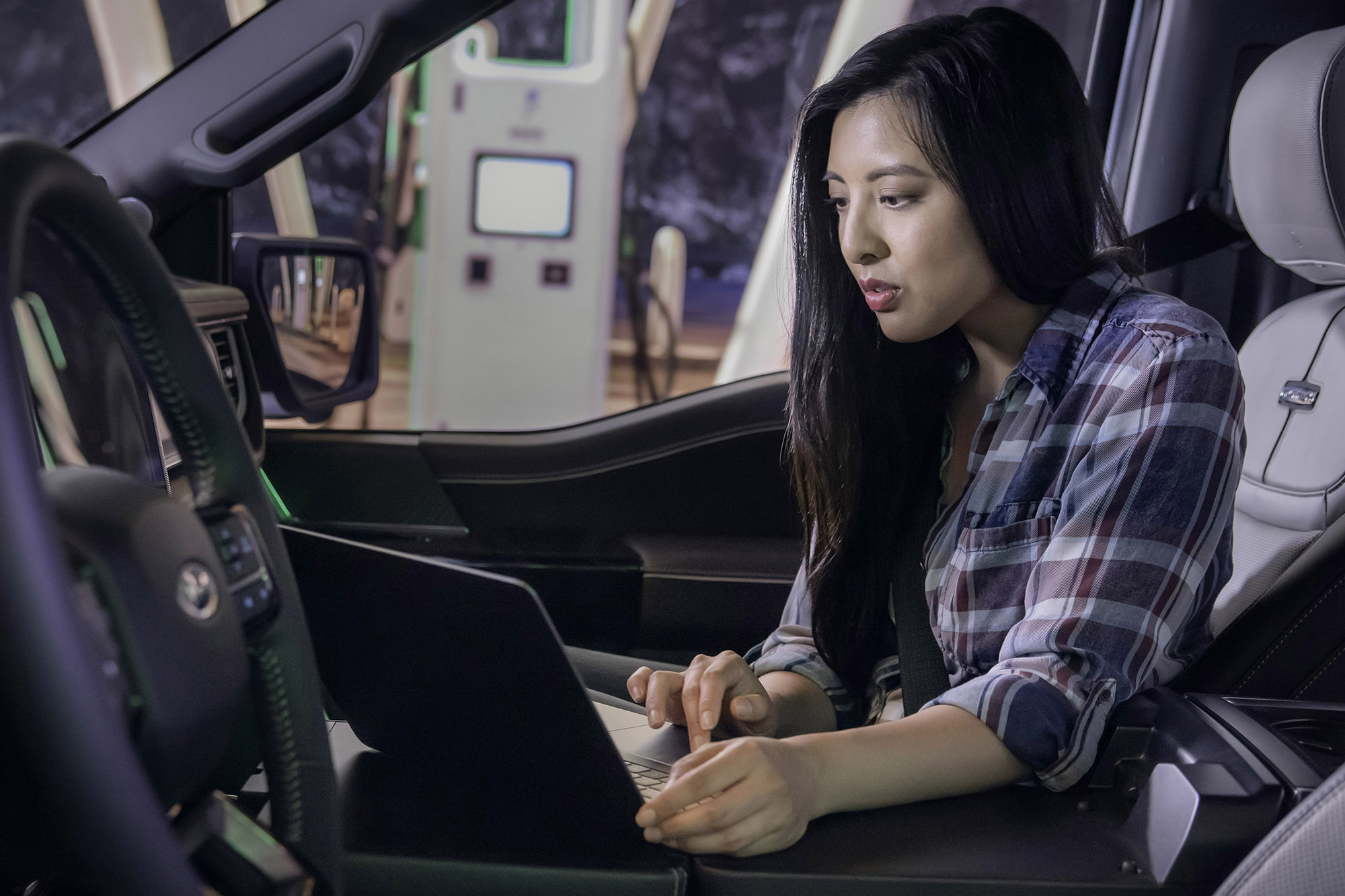 Cadillac
Cadillac
5. Surveys, Feedback, and VIN Registration Can Give Dealers Personal Info
Any interactions you have with an automaker or dealership can initiate the flow of data to them.
There's data that might be collected from interactions such as taking surveys, giving feedback, or registering your vehicle identification number. Such data could include personal information such as your name, mailing address, and phone number; demographic information such as your age and gender; browsing data such as which vehicles, features, and option preferences you look up; and communication histories such as emails, website chats, and customer-service requests.
Written by humans.
Edited by humans.
 Jared Gall
Jared GallJared Gall is a car geek who fell backward into his dream job at an auto magazine. (Remember those?) He's reviewed hundreds of vehicles, raced 500-hp Mercedes-Benzes on the ice in Sweden, and was told by development driver Raffaele de Simone, "It's OK if you spin the car off" Ferrari's test track in Fiorano. He loves nothing more than cars, except maybe his dogs — who are named after trucks.
Related articles
View more related articles